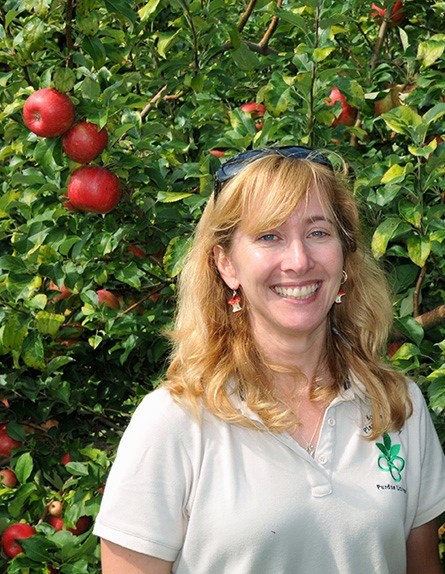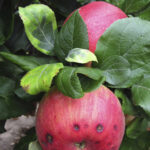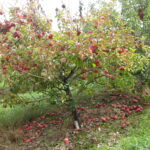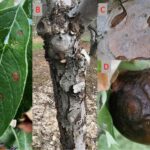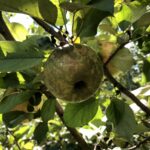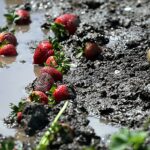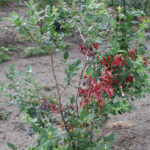In Indiana, our ‘normal’ or average weather is one of extremes, punctuated with an occasional glorious summer day of sun and 76 degrees F. This year has been one of flooding and droughts, freezes and scorching heat. Again. With these weather extremes come physiological disorders and summer fruit rots, for those lucky enough to even[Read More…]
Pesticide Product Registration: Draft Human Health and/or Ecological Risk Assessments for Several Pesticides, including chlorothalonil and tebuconazole. https://www.regulations.gov/document/EPA-HQ-OPP-2011-0840-0035 This notice announces the availability of EPA’s draft human health and/or ecological risk assessments for the registration review of chlormequat chloride, chlorothalonil and tebuconazole. Dates Comments must be received on or before July 20, 2021. Addresses Submit[Read More…]
Throughout Indiana orchards, Phytophthora root and crown rot continues to be a major cause of tree death (Fig. 1), and losses in small fruit, as well (Fig. 2). The disease is caused by the several members of the genus Phytophthora, and includes (but is by no means limited to) the following species): P. cactorum, P.[Read More…]
Frogeye leaf spot, caused by the fungal pathogen, Botryosphaeria obtusa, has been quite prevalent this year, probably due to the combination of potential (and realized) crop loss and our cool, wet spring. This is the same fungus that causes cankers on the tree, along with black rot of apple fruit (Fig. 1). Frogeye leaf spot[Read More…]
For those of you still fortunately enough to have apples, disease management continues to a greater degree than those of us without a crop. Around now (the beginning of cover sprays), the most serious apple pathogens are generally less active, terminal buds have set, leaves have hardened off (and are now less susceptible) and weather[Read More…]
On April 30th, 2021, significant legislation was introduced with bipartisan support in the House, impacting the future of the U.S. organic sector. The bill, titled, Continuous Improvement and Accountability in Organic Standards provides a roadmap for organic through three main areas by: Clearing the backlog of recommendations, and requiring the USDA to issue an Organic Improvement[Read More…]
As we wait for the locusts (actually, seventeen-year cicadas), and deal with a plague of biblical proportion, many across the state also experienced flooding and frosts. Indiana weather is never dull! Flooding and/or frosts during periods of active growth can significantly damage flower and fruit, resulting in crop loss (Fig. 1). Unfortunately, many berry growers[Read More…]
Freeze: There really isn’t much that can be added to the wonderful and unfortunately timely article about Frost. Critical Temperatures and Frost Protection by Rob Crassweller at https://extension.psu.edu/frost-critical-temperatures-and-frost-protection With a frost to freeze expected to cover most of the state on April 21 and 22, there will certainly be crop damage and loss (Fig. 1).[Read More…]
Fruit growers, we would like to hear your story about the freeze event on Apr. 20 and 21. What crops are you growing? Did you take protective actions? Did it cause damage to the crops? Hearing your stories would help us better design our extension programs. If you allow, we would like to share your[Read More…]
After what can only be described as a very early spring, we are entering the unusual situation of worrying about fire blight in April. Summer-like weather, rainfall, thunderstorms and hail mean that growers should be very concerned about fire blight. It is important to note that the fire blight pathogen, Erwinia amylovora, is always present[Read More…]
